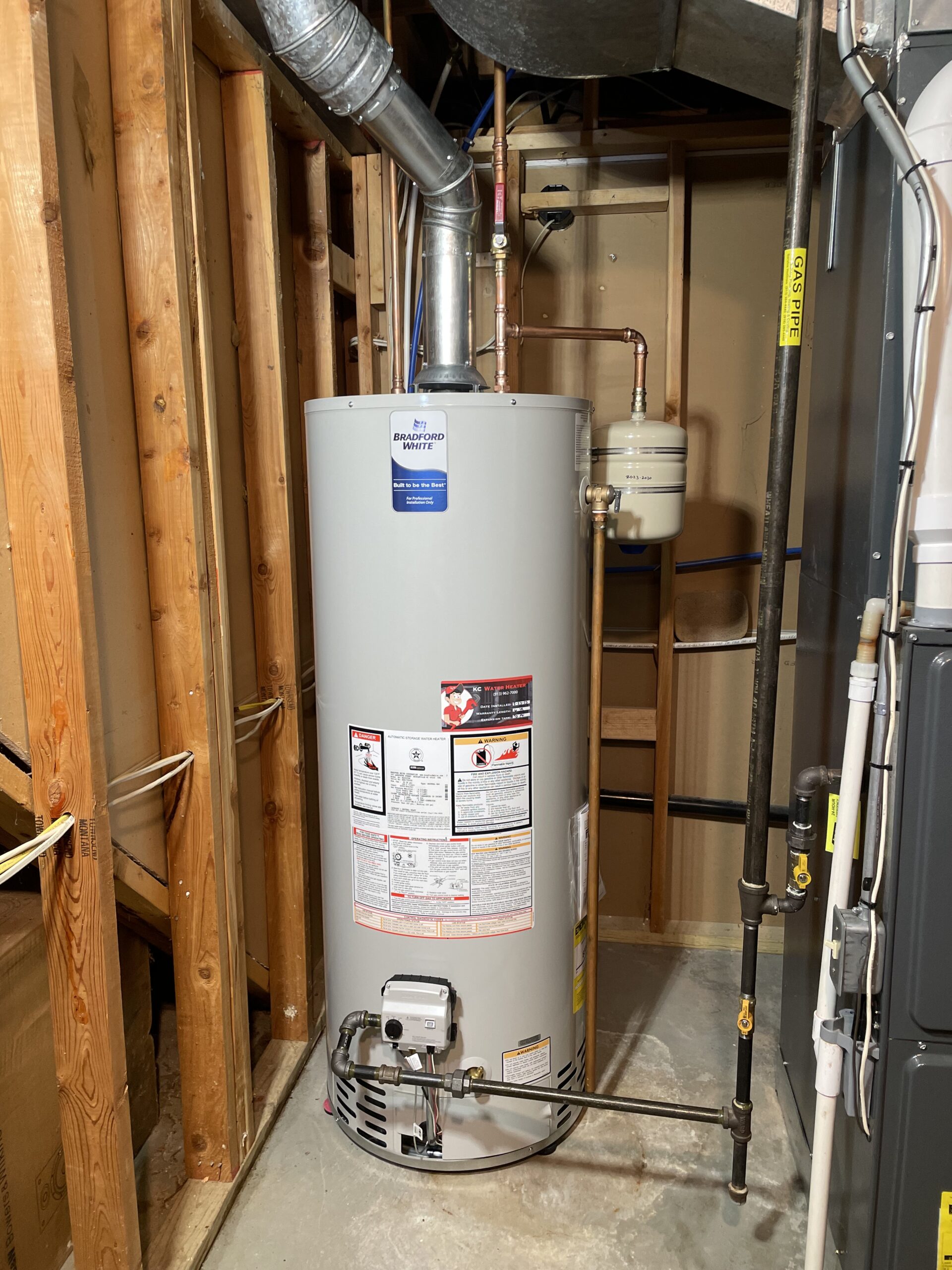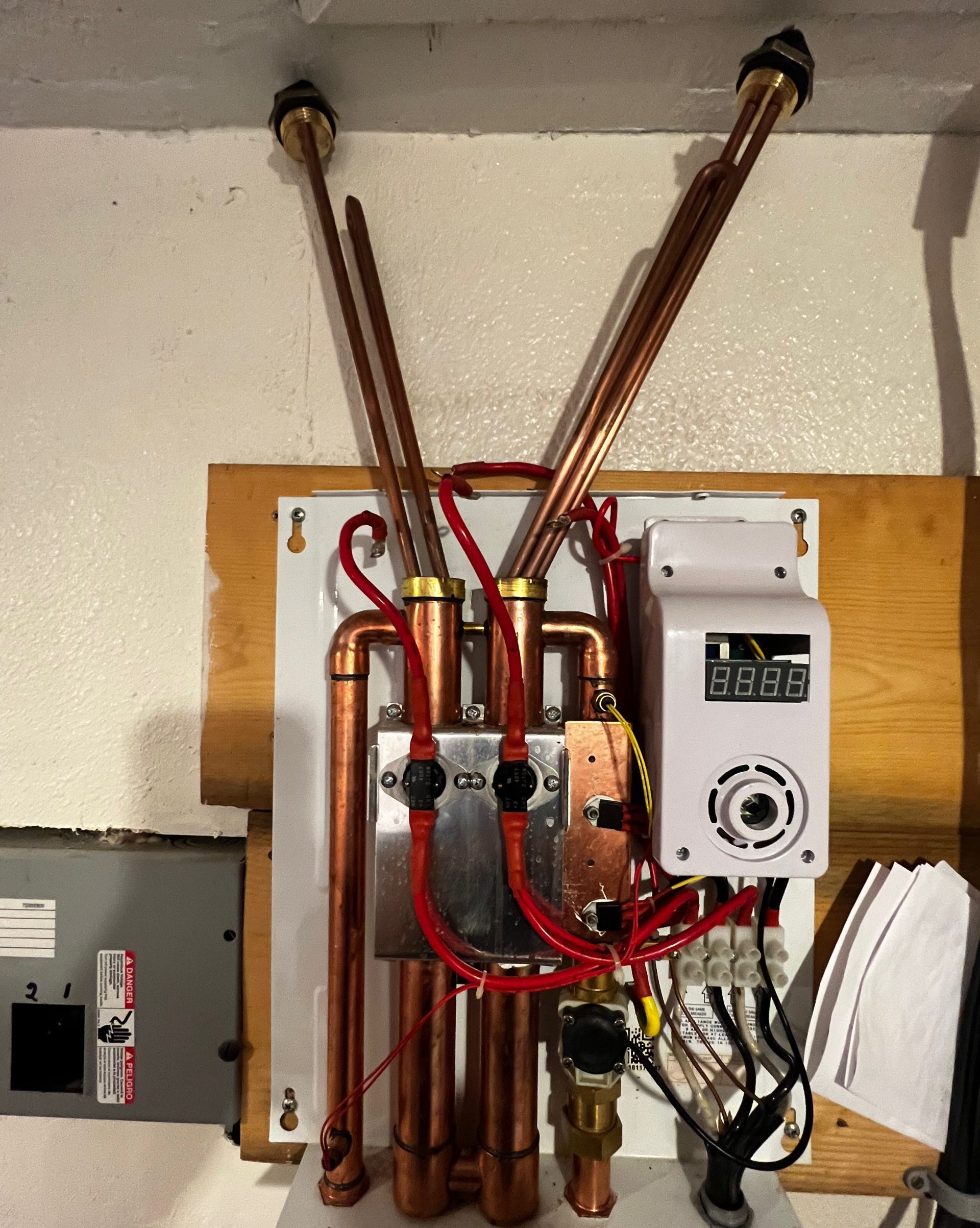Steps to Extend the Life of Your Home's Hot Water System By Maintenance
Steps to Extend the Life of Your Home's Hot Water System By Maintenance
Blog Article
The content further down relating to Water Heater Maintenance Tips You Can't Afford to Forget is particularly enlightening. You should keep reading.

Warm water is important for daily convenience, whether it's for a rejuvenating shower or washing recipes. To guarantee your hot water system runs successfully and lasts much longer, regular upkeep is essential. This article gives functional tips and understandings on how to keep your home's hot water system to stay clear of interruptions and pricey repair services.
Intro
Preserving your home's warm water system may seem complicated, but with a couple of simple steps, you can guarantee it operates efficiently for many years to come. This overview covers everything from recognizing your warm water system to DIY upkeep suggestions and recognizing when to contact professional assistance.
Relevance of Preserving Your Warm Water System
Routine upkeep not only expands the lifespan of your warm water system yet likewise guarantees it operates effectively. Neglecting maintenance can bring about decreased effectiveness, greater energy costs, and even premature failing of the system.
Signs Your Hot Water System Demands Maintenance
Understanding when your warm water system needs interest can protect against major problems. Keep an eye out for signs such as irregular water temperature level, unusual sounds from the heating system, or rusty water.
Comprehending Your Warm Water System
Before diving into upkeep jobs, it's useful to comprehend the standard components of your hot water system. Generally, this consists of the hot water heater itself, pipelines, anode rods, and temperature controls.
Regular Monthly Upkeep Tasks
Regular regular monthly checks can assist capture small issues before they intensify.
Flushing the Water Heater
Flushing your hot water heater gets rid of debris buildup, improving effectiveness and extending its life.
Monitoring and Changing Anode Rods
Anode rods prevent corrosion inside the container. Evaluating and replacing them when worn out is essential.
Examining and Readjusting Temperature Level Setups
Readjusting the temperature level setups makes certain optimal performance and safety and security.
DIY Tips for Upkeep
You can do numerous maintenance jobs yourself to maintain your hot water system in leading condition.
Checking for Leakages
Frequently evaluate pipes and links for leaks, as these can cause water damages and higher expenses.
Checking Pressure Relief Valves
Examining the stress relief valve guarantees it works properly and protects against too much stress accumulation.
Protecting Pipes
Protecting hot water pipes reduces warmth loss and can conserve power.
When to Call a Specialist
While do it yourself maintenance is useful, some problems require specialist know-how.
Complicated Issues Calling For Expert Help
Instances include major leakages, electrical troubles, or if your water heater is consistently underperforming.
Regular Professional Upkeep Perks
Professional upkeep can include detailed assessments, tune-ups, and making certain compliance with safety and security requirements.
Verdict
Routine upkeep of your home's hot water system is essential for performance, long life, and expense financial savings. By complying with these pointers and knowing when to look for expert help, you can make sure a dependable supply of warm water without unanticipated disruptions.
Water Heater Maintenance: The Basics
Maintaining your water heater will ensure it operates efficiently and has a longer lifespan. Neglecting regular maintenance can lead to costly repairs and an even bigger chunk of your savings if you have to replace it sooner than necessary. But there’s good news: Most water heater maintenance tasks are relatively simple and easy for homeowners with basic DIY skills.
Flush the Water Heater
Over time, sediment and minerals can build up in the tank, reducing its efficiency and potentially causing damage. To flush the tank, turn off the power or gas supply, attach a hose to the drain valve near the bottom and open the valve to drain the water until it runs clear. Ideally, flush the tank annually.
Replace the Anode Rod
The anode rod is a sacrificial metal rod that helps prevent corrosion inside the tank. Inspect and replace it every three to five years or per the manufacturer's recommendation. To replace the anode rod, turn off the power or gas supply, drain a few gallons of water from the tank, unscrew the old rod and replace it with a new one. If the anode rod is significantly corroded or covered in calcium buildup, it's a sign the water heater may need to be replaced soon.
Tune-Up
A yearly tune-up can help identify potential issues and ensure your water heater operates at peak efficiency. This typically involves checking the thermostat, burner assembly (for gas heaters) and any other components specified by the manufacturer. During a tune-up, the technician may also clean the burner and adjust the pilot light (for gas heaters) or examine the heating elements (for electric heaters).
How to Maintain Your Water Heater
Insulate the tank. Insulating the tank can improve energy efficiency and reduce heat loss, saving you money on energy bills. You can purchase precut insulation blankets designed specifically for water heaters or use standard fiberglass insulation wrapped securely around the tank. Check the temperature. The recommended water temperature for most households is around 120 degrees Fahrenheit (49 degrees Celsius). Higher temperatures can increase energy costs and potentially cause scalding. Use a kitchen thermometer to check the temperature at the faucet nearest the water heater. Monitor water pressure. Excessive water pressure can strain the water heater and cause leaks or even tank failure. Install a pressure-reducing valve if necessary. The ideal water pressure range is between 60 and 70 PSI (pounds per square inch). Test the temperature and pressure (T&P) relief valve. The T&P relief valve is a safety feature that releases pressure if the tank gets too hot or the pressure builds up too high. Test it annually by lifting the lever and allowing a small amount of water to release. Replace the valve if it doesn't release water or reseal properly. Check for leaks. Regularly inspect the tank, pipes and fittings for leaks or corrosion. Deal with issues promptly to prevent further damage. Even a small leak can lead to significant water damage over time. Consider a tankless water heater. If your traditional tank-style water heater is nearing the end of its lifespan ( typically 10 years), consider replacing it with a tankless water heater. These units heat water on demand, reducing standby energy losses and potentially saving you money on your energy bills. Schedule professional maintenance. While homeowners can perform many water heater maintenance tasks, it's still a good idea to schedule professional maintenance every few years. A plumber or HVAC technician can thoroughly inspect the unit, identify potential issues and ensure it operates safely and efficiently. https://www.homeserve.com/en-us/blog/home-improvement/hot-water-heater-maintanence/

Do you appreciate reading about How to Maintain Your Water Heater & Prolong its Life? Create a remark down below. We will be delighted to find out your reactions about this blog post. Hoping to see you back again later on. Sharing is caring. Helping people is fun. Thank you for your time invested reading it.
Get A Free Estimate Report this page